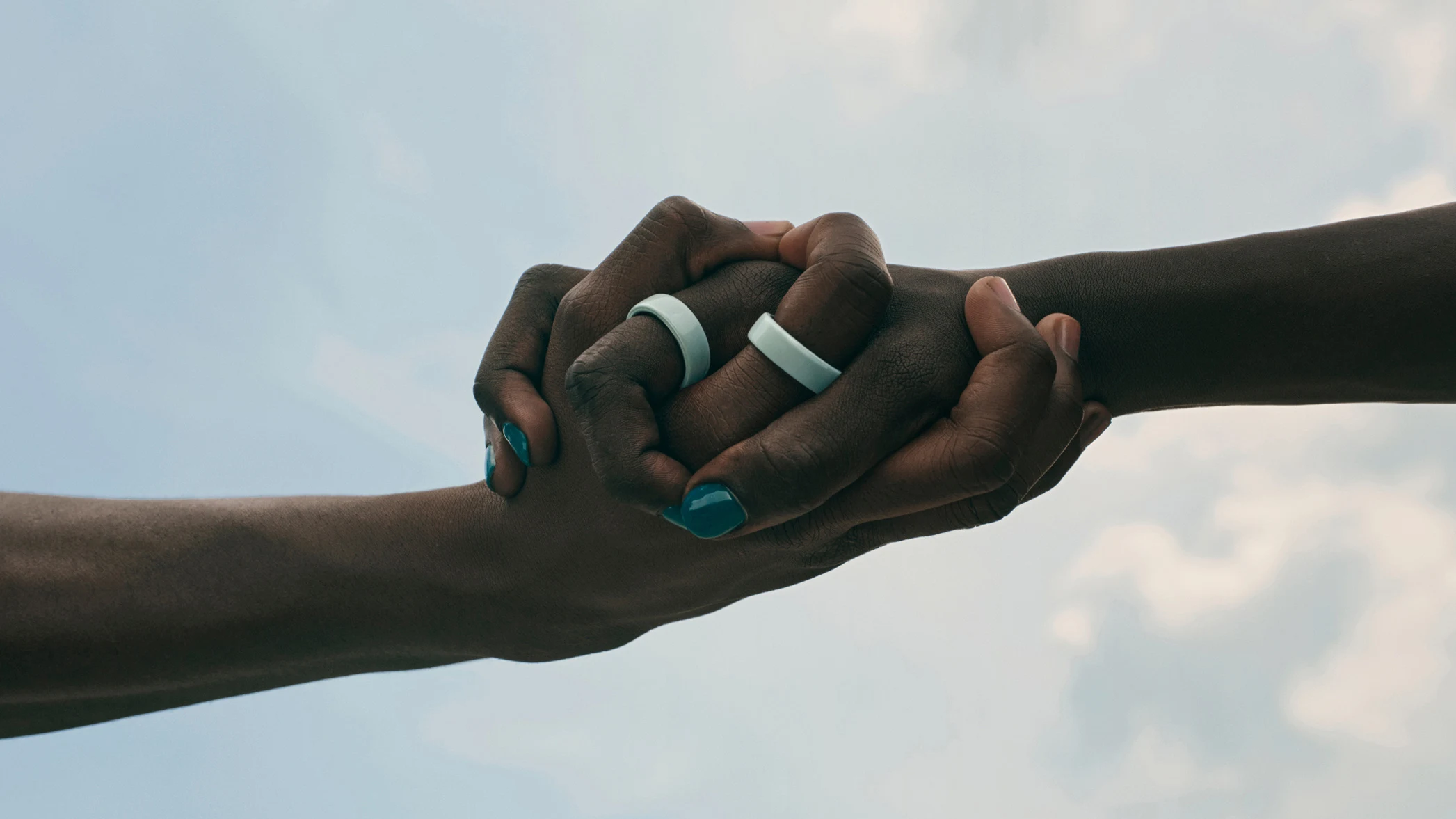
"Miklu Silvanto, Oura's chief design officer, says incorporating advanced computing power into a tiny ring is a major challenge. It's just as challenging to make a ring that people will actually want to wear around the clock. So Silvanto, an industrial design veteran who has worked at Apple and Bang & Olufsen, must also think of himself as a jewelry designer."
""A ring is such an intimate object," he says. "You might wear it alongside your wedding ring. You need to think comfort, and beauty, and fashion." On October 1, Oura launches a new collection of ceramic rings that are more fashion-forward than its previous ones, which resemble metallic wedding bands. Since ceramic takes well to color, the new rings come in an array of hues, including petal pink, tide green, cloud white, and midnight blue."
"Users must also pay $70 annually to use the app that presents their health data, analysis, and advice. Given how expensive this product is, the idea of switching rings based on your outfit of the day may be an affordable reality to only a small, wealthy slice of the population."
Oura integrated advanced computing hardware into a compact ring while prioritizing comfort and aesthetic appeal for round-the-clock wear. The company introduced a ceramic collection in multiple colors and developed a charging system that enables seamless ring switching without data loss. Ceramic rings retail at $499, metallic variants range $350–$500, and a $70 annual subscription is required for the health analytics app. The product appeals to high-profile and affluent users, yet global demand remains strong with 2.5 million rings sold last year. Oura anticipates $1 billion in sales and holds an $11 billion valuation after recent funding.
Read at Fast Company
Unable to calculate read time
Collection
[
|
...
]